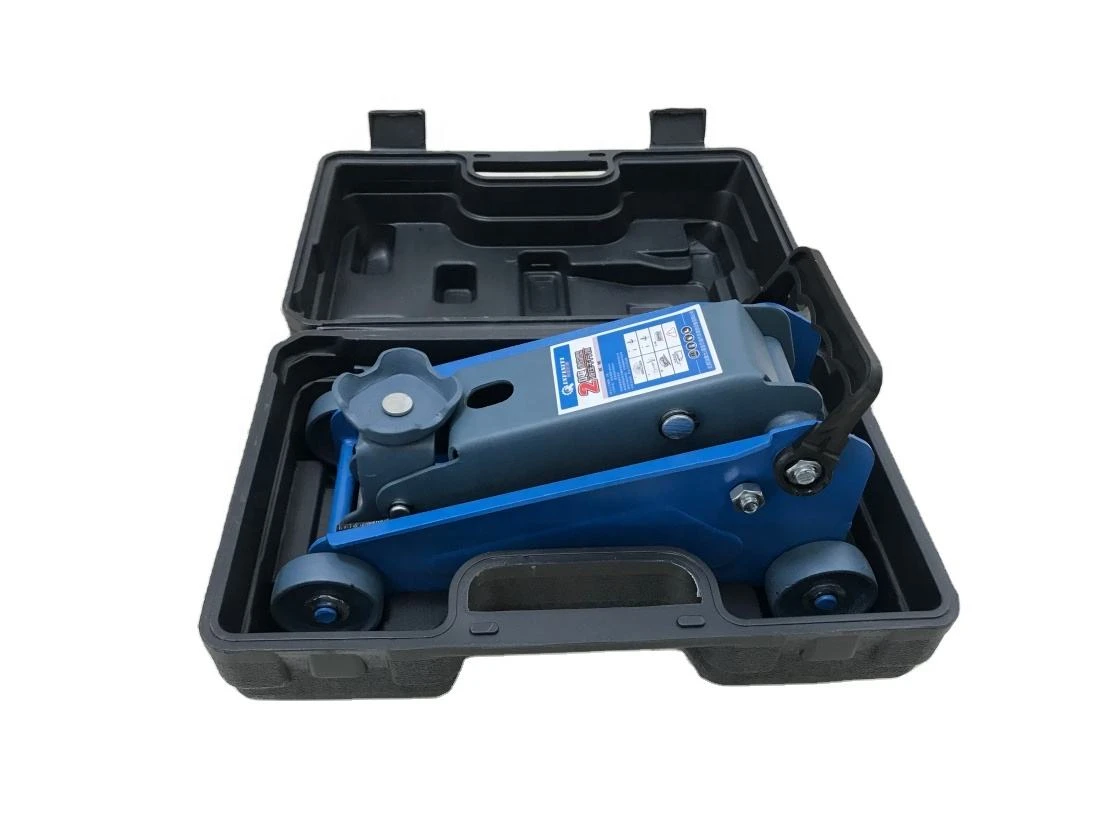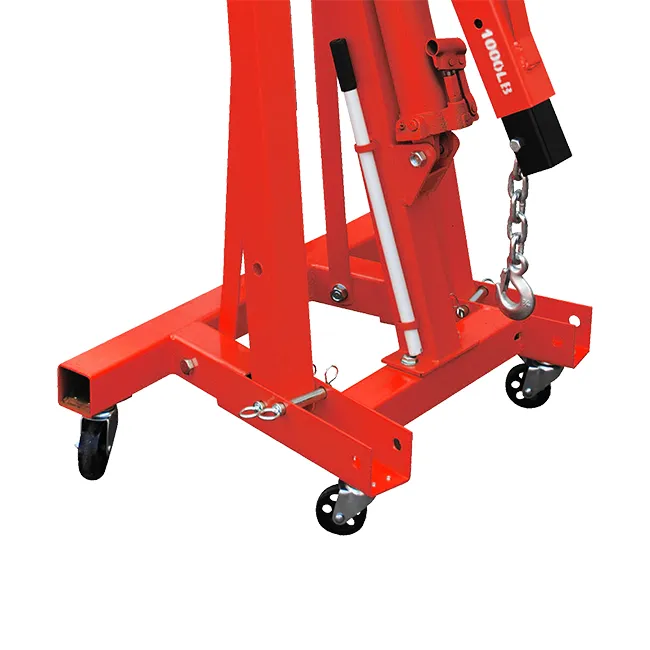Car Jack Vehicle Mover Tow Dolly Universal Moving Tool Wheel Towing Trailer tools automatic car jack


It is pertinent to consider the weight capacity of the car jack in question. A common yet overlooked error is using a jack that isn't suited for the vehicle’s weight. Each jack has a maximum lifting capacity, and exceeding this can not only damage the tool but also be downright dangerous. Always verify that your jack matches or exceeds the vehicle's weight requirements. Trustworthiness in the tools you use is non-negotiable; thus, adhering to weight specifications is imperative. Positioning your jack correctly is also crucial. Incorrect placement under the car can result in a failed lift. Refer to the vehicle's owner's manual to identify designated jack points. These areas are structurally supported and safe for lifting. In practice, attempting to lift the car from an unstable or improper location compromises both the lifting process and your safety. In addition to personal experiences, it is wise to adopt authoritative guidelines and tools tailored for automotive support. Investing in a high-quality jack from reputable brands is a step towards reliability. Products endorsed by automotive experts, with positive reviews from trusted sources, establish a benchmark for trust. Resourceful content shared by users and professionals online can also refine your knowledge, offering troubleshooting tips and maintenance advice. Ultimately, ensuring your car jack functions optimally involves maintaining hydraulic systems, respecting weight limitations, proper positioning, and utilizing reliable tools. Continuous learning and investigation into your equipment empower you with the expertise to handle mechanical dilemmas confidently. Leveraging these resources creates a foundation of authority and trust in automotive tools, ensuring you're well-equipped to address and prevent your car jack from letting you down.
Products categories
Latest News
-
Unlock the Power of the Spring Compressor for Your Projects
NewsApr.01,2025 -
Unlock the Power of Safe and Efficient Compression with the Spring Compressor
NewsApr.01,2025 -
Unlock Maximum Efficiency with the Spring Compressor
NewsApr.01,2025 -
Maximize Efficiency and Safety with the Spring Compressor
NewsApr.01,2025 -
Discover the Efficiency of the 2 Ton Foldable Shop Crane: A Must-Have for Auto Repair and More
NewsApr.01,2025 -
Discover the Best Spring Compressor for Your Needs
NewsApr.01,2025 -
Unlock the Full Potential of Your Workspace with the Tools Trolley
NewsMar.21,2025















